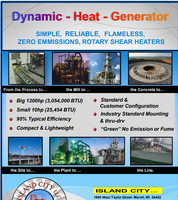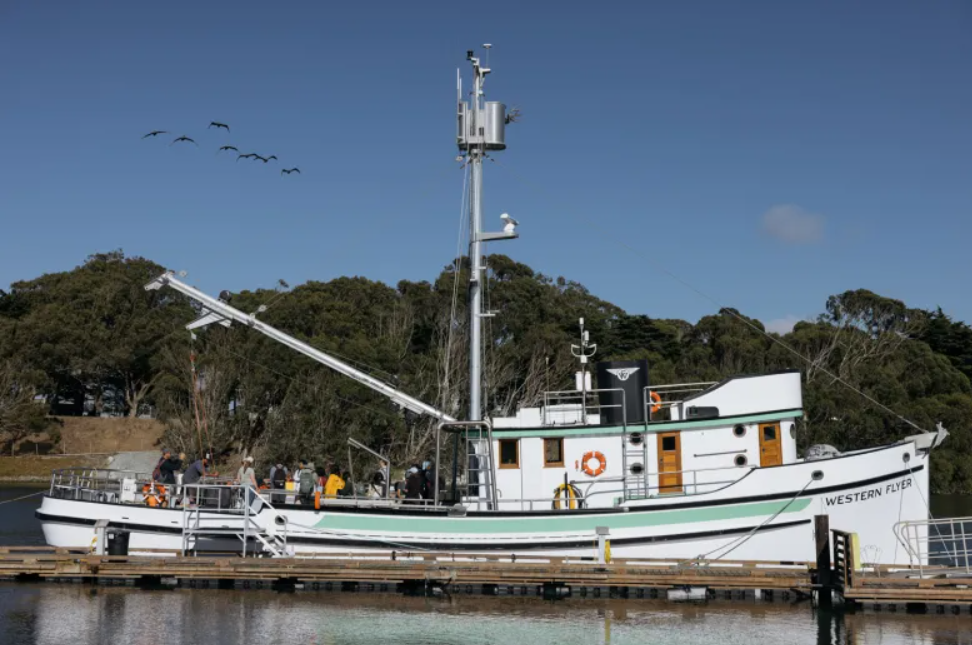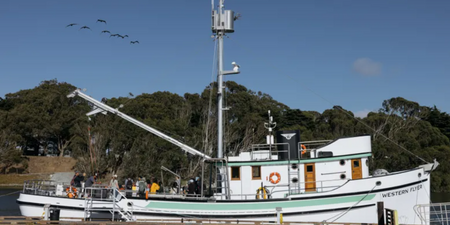
What is a Dynamic Heat Generator?
A common question that we get is “what exactly is a dynamic heat generator?” That’s a great question and is the basis of this article. We go in detail to explain what a Dynamic Heat Generator is, how it works, and what it’s used in. Additionally, we will tackle the difference between the different types of heating, - electric, flame, boiler, and dynamic heat generator.
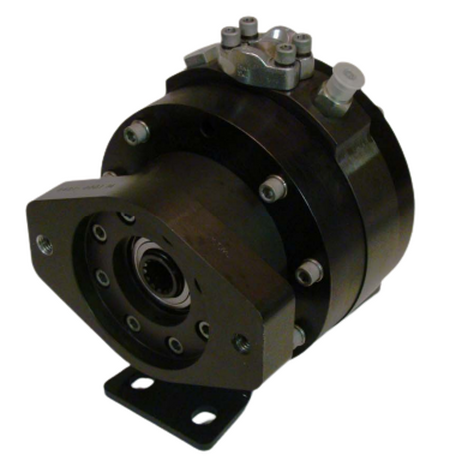
What is a Dynamic Heat Generator?
The Dynamic Heat Generator (DHG) creates heat by shearing the fluid. With that understood, the next step is to understand some of the basic applications. Since this is an engineered product, all applications are per review. The heater in general is powered by rotational input, such as an electric motor, combustion engine, turbine, windmill, or similar device.
What is very nice about the physical external layout of the DHG is that it is configured in various SAE pump mount styles, which include mounts A - F on input (drive) and through drives (output drives) A - D. With these mounts, it is very easy to mount to an electric motor (TC Mount) via a pump motor adapter, or to a combustion engine via the pump drive plate, or to a gear box pump mount. While these are all standard models, units are also configured to special electric motor mounts or flywheel mounted on combustion engines. Island City's DHG has the flexibility to adapt to or configure other style mounts as needed.
Once rotary motion is acquired via the prime mover and fluid is present, shearing occurs to create heat. Fluid flowing through the unit carries heat away to the point of use. Thus heated fluid could be transmitted to a distribution manifold for in-floor tubing to heat a building or it could go to an engine block to pre/post heat the engine or a fluid sump to heat lubricant in a gear box, hydraulic tank, heat transfer fluid, water, refined foods, or other. Typically, the heated fluid does not need to go to a heat exchanger as it is heated directly—thus saving a component in your system.
What is the best type of heating?
A commonly asked question is: What is the best type of heating? Electric (Immersion Probe, Plate, or Wand), Flame Style or Boiler, or the DHG. Answer - Each have their own strengths and no one type of heater fits all applications.
Electric Style
An electric heater is a very efficient device, it is compact and typically can be adapted to a container or body to be heated. Depending on the fluid type, the electric heater can have a very good and long life if sized correctly and matched with the appropriate fluid. With fluids that produce scale, build up, or burn, the life of an element can be shortened considerably as fluid build-up can make the element less effective over time.
Flame Style
The flame style heater's strength is high output with limited input power. Some of the typical shortcomings of flame style units are their need for scheduled maintenance/cleaning cycles, their emissions, and the fact that they are considered a safety hazard due to their open flame in some industries. Flame style units come in various sizes; though, as units become larger, the use of the heat produced is often lost to free air. Since a heat exchanger is not included with the units, the heat produced may be directed to the side of a tank. When the heat hits the tank wall, it may bounce off and be absorbed into free air.
Boiler Style
A boiler, when used at full power is typically very efficient. Unfortunately, boilers are used at partial load, varied load, or in areas where they were not intended. This use often causes premature scaling, poor burn conditions, and overall poor performance.
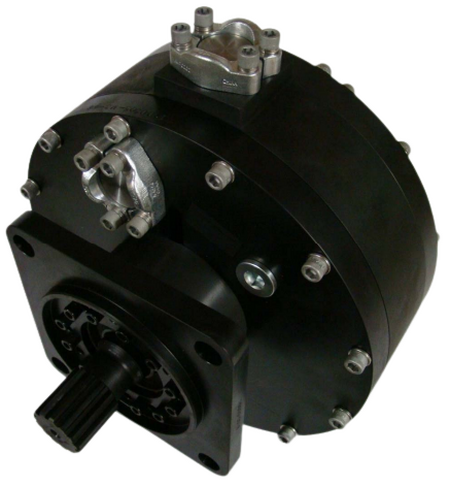
Dynamic Heat Generator
Unlike the electric and flame style heaters, the DHG requires rotational input. This can be provided by an electric motor, combustion engine, turbine, windmill, or similar device. In looking at a heating system with a circulation pump, a rotary device is already present (the pump). By upsizing the rotary device, the DHG becomes an extension of the rotary group. The DHG is efficient in that it uses the rotational energy to shear the fluid, thus creating heated fluid and not loosing the heat to free air.
The DHG also turns the fluid over at a high rate. Higher flow rates through the unit result in lower temperature rises per pass. The benefit of turning the fluid over at a higher rate, typically affects the time to temperature as the thermal exchange of the fluid gives its heat up to the cooler components of the system. Heating fluid directly is very efficient since there are no other steps to the heat chain, such as heat exchangers.
Since there are no hot spots, the fluid does not degrade from contact with hot spots, probes, or wands and further does not suffer from stagnant flow condition which can lead to burnt fluid or premature fluid break down. Additionally, the fluid shearing within the DHG tends to polish the inside of the pockets, leading to a cleaner unit with minimal or no build up.
What type of energy should be used?
It is best to start by reviewing energy costs, which typically depend on availability. Does a Kw or Therm or gallon of fuel cost less? Are there reduced rates for off peak times? After weighing out the energy types, time of day use, and other conditions which may be present, one can determine the best energy source. Setting aside the common costs of energy, some applications may benefit by heat storage, which can be used at a later time or in an alternate area. Heating in off peak times allows some of the end users to take advantage of the lower cost of energy to produce heat, store and use it during day time or when required.

Island City
Island City is the industry leader in Dynamic Heat Generators. They offer 48 different models of DHGs to accompany the full spectrum of application sizes from small (10 HP) to large (1200 HP). Thanks to its innovative technology, Island City’s Dynamic Heat Generators continue to lead the pack in shear heating making them the largest manufacturer of dynamic heaters around the world.
We hope this article was a good informational piece to give you a better understanding on what a Dynamic Heat Generator is and how they compare to the other types of heating units. Contact the experts at Palmer Johnson today for further information on the Island City DHGs.
CONTACT US
Keep Reading


